Part of SMSL’s renewed mid-range offering, the new SMSL DO200 MKII is a DAC that offers a very sleek and modern design. Such a carefully-designed chassis hides a very competent DAC that offers everything you might ever need, including a great sound and quite a few input and output options.
Disclaimer: I received this unit free of charge from Aoshida Audio. They sell the DO200 MKII for $469. Additional info is available on the manufacturer’s website.
TL;DR: recap
| Pros |
Cons |
| + Complete input and output sections, including Bluetooth
+ Lots of options and settings + Nice design + Neutral sound signature |
– No status LED when LCD screen is off |
Rating: 10/10
Packaging & Accessories
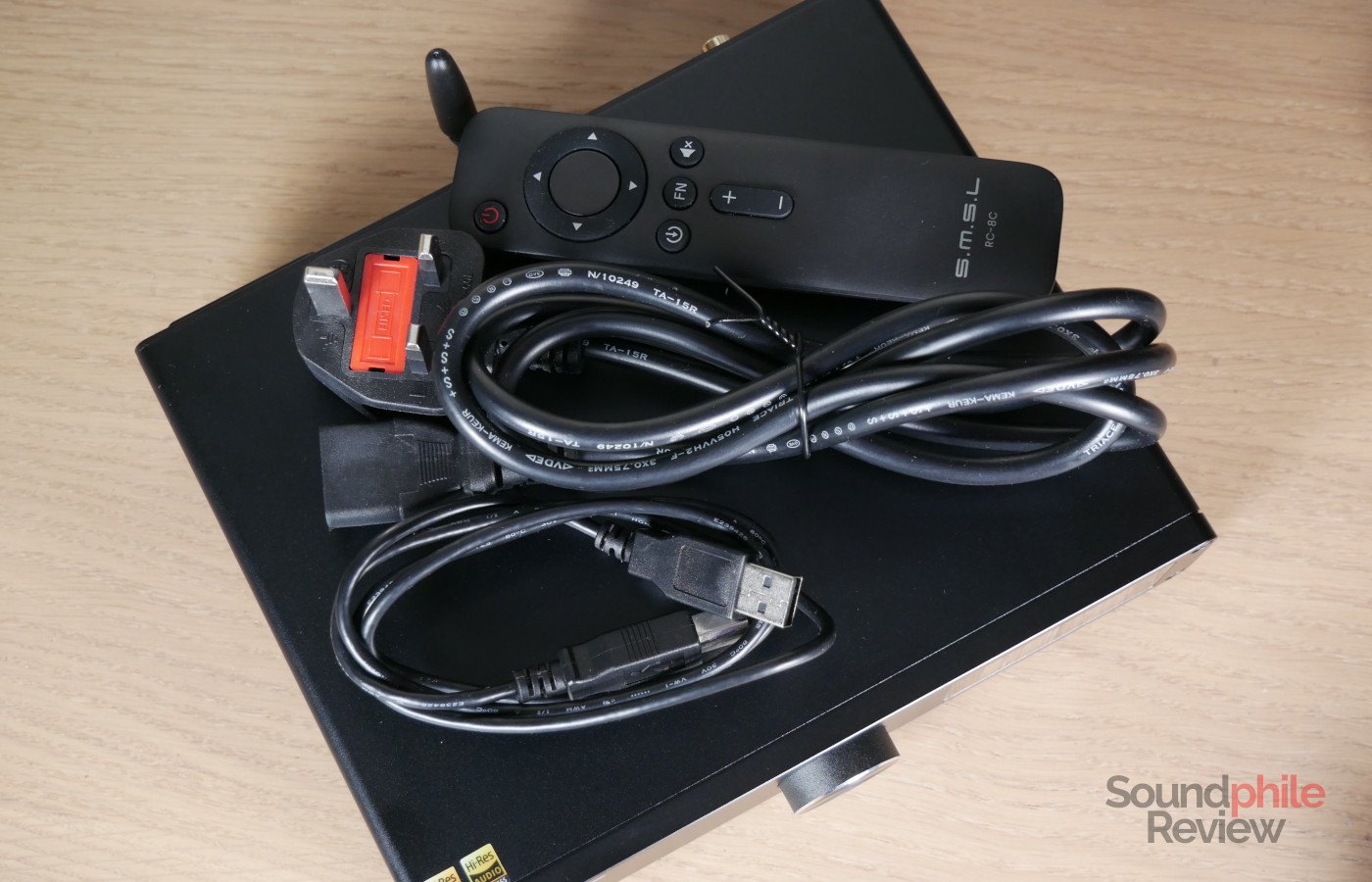
The packaging is down to the very basics. You can find the device itself, a remote (without batteries!), a USB to USB-B cable, the power cord and a manual.
Design & Build
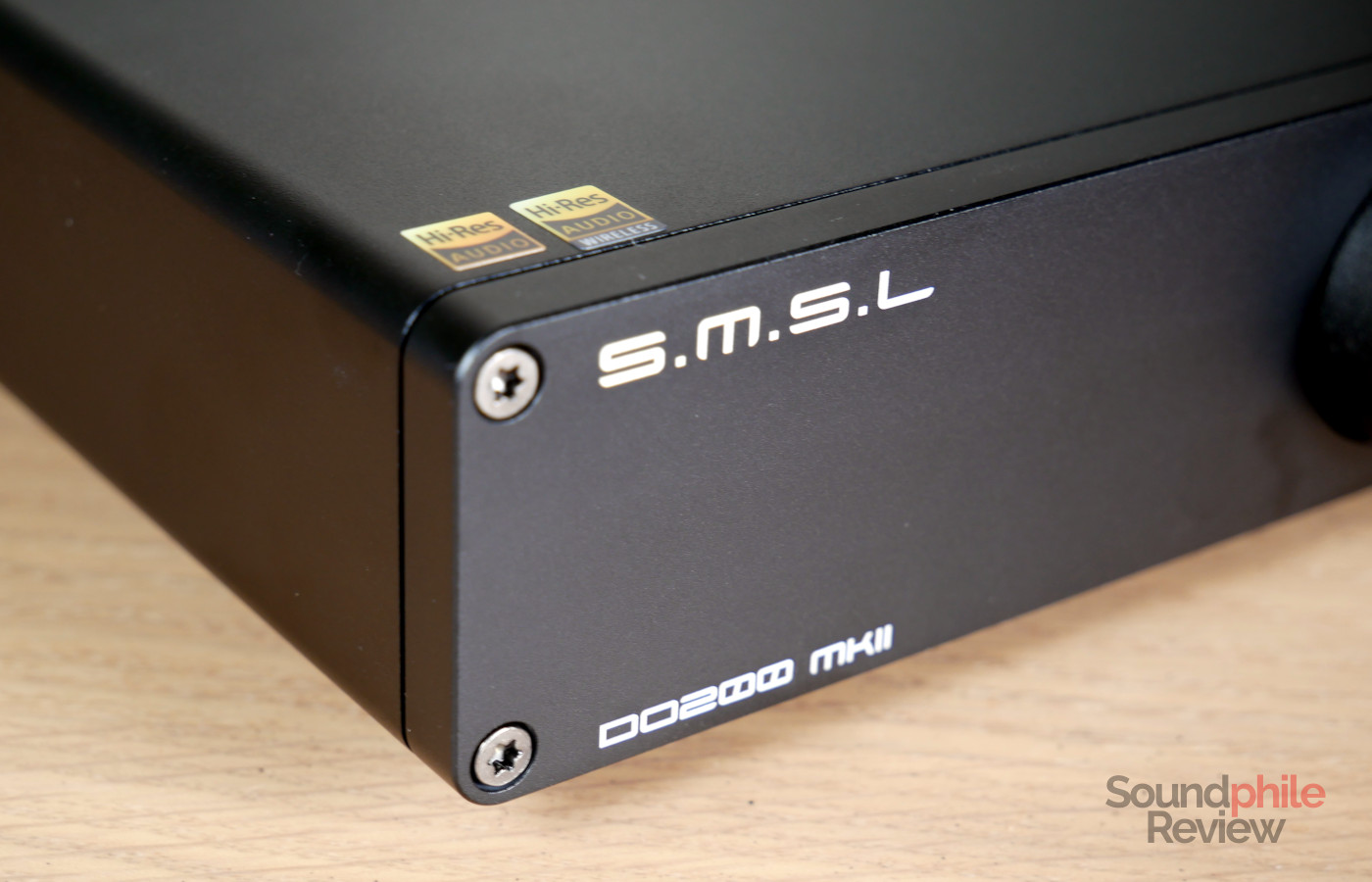
In terms of design, the SMSL DO200 MKII falls perfectly in line with the latest devices from the company: simple, elegant lines with curved edges around the sides, which follow roughly the shape of the four screws at each corner on the front. The chassis is made of two pieces: the front and the rest. They’re both made of smooth aluminium painted black, with a nice uniform finish that lends the device a distinctive elegance.
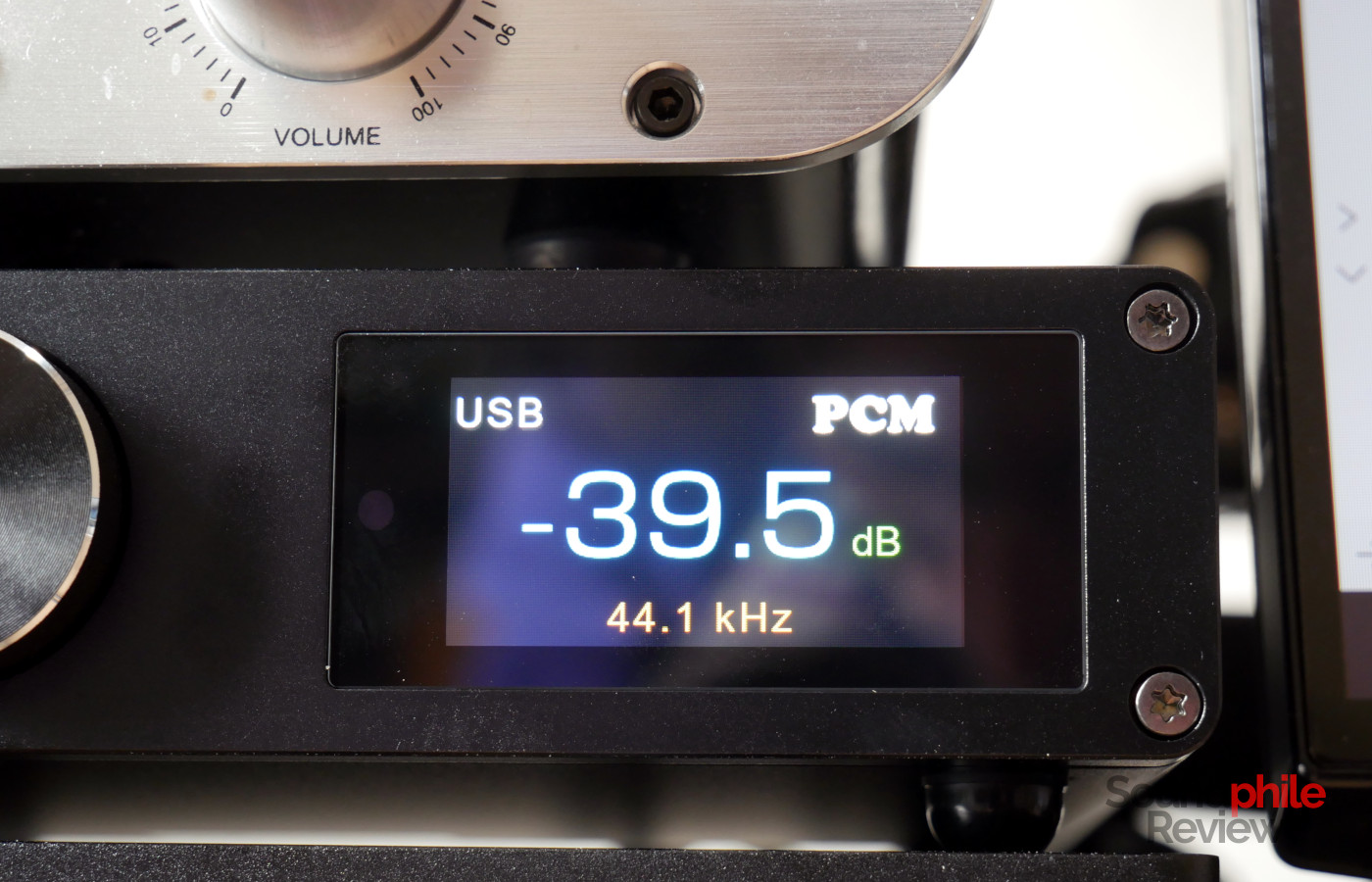
The front hosts the volume knob, perfectly in the centre, as well as an LCD display, on the right hand side. The display is a bit unusual in that it is a full colour LCD display, instead of the black-and-white OLED ones you usually see on this type of devices. This allows the SMSL DO200 MKII to display complex menus that would otherwise be impossible to show, but on the other hand it is less bright than OLED ones. It is also probably less durable, though that’s on a very long timescale.
At just 210 x 185 x 43 mm, the SMSL DO200 MKII is quite compact. It is depth which is quite low overall, at least compared to the other audio devices I have on my desk.
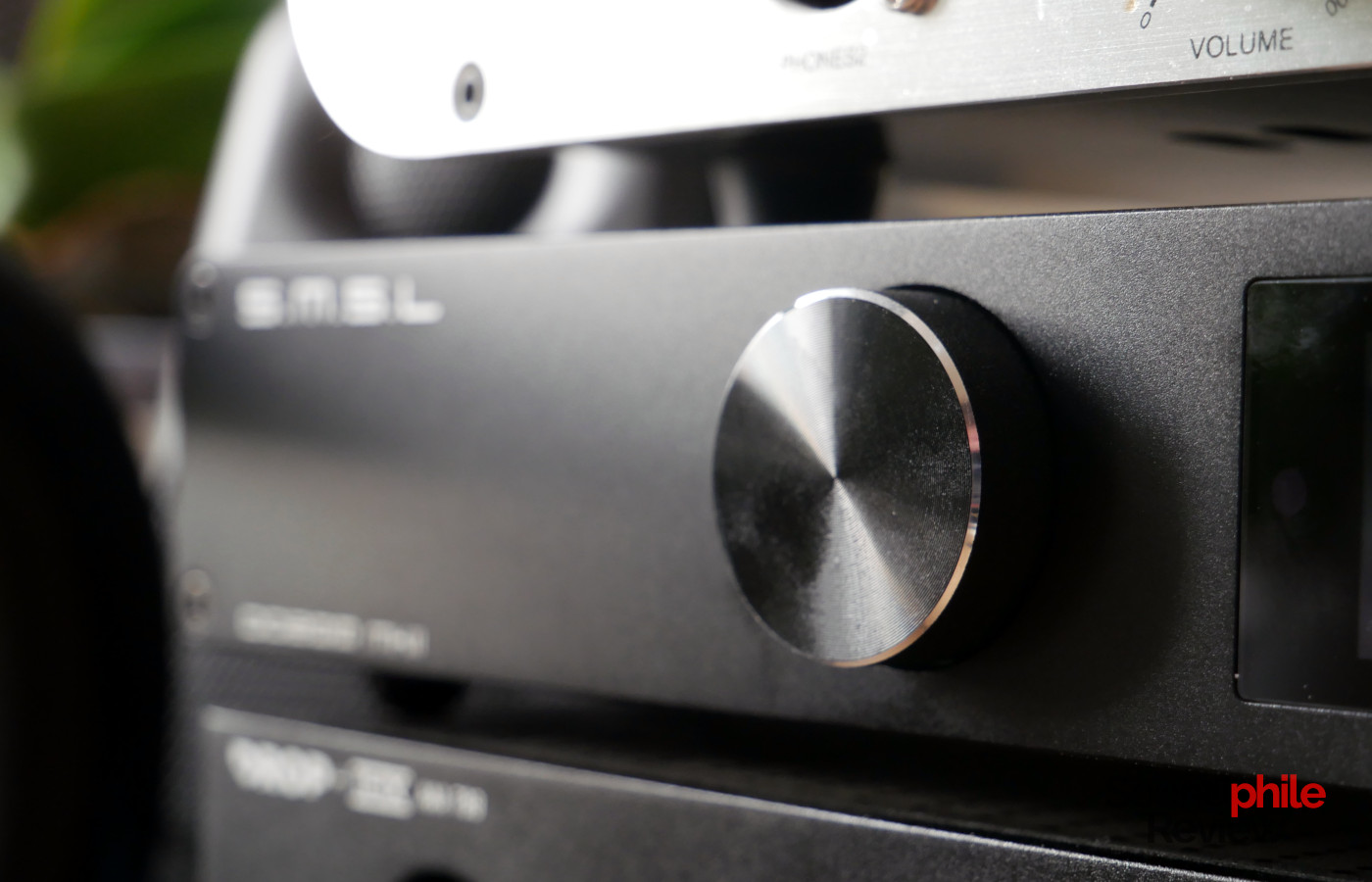
The volume wheel is actually a digital clickwheel: you can rotate it freely and it has steps, so you can feel it when you are adjusting the volume or moving across the menus. Not only that, but you can also press the wheel to access said menus (with a simple click) as well as turn the unit on and off (with a long press).
Features & Specs
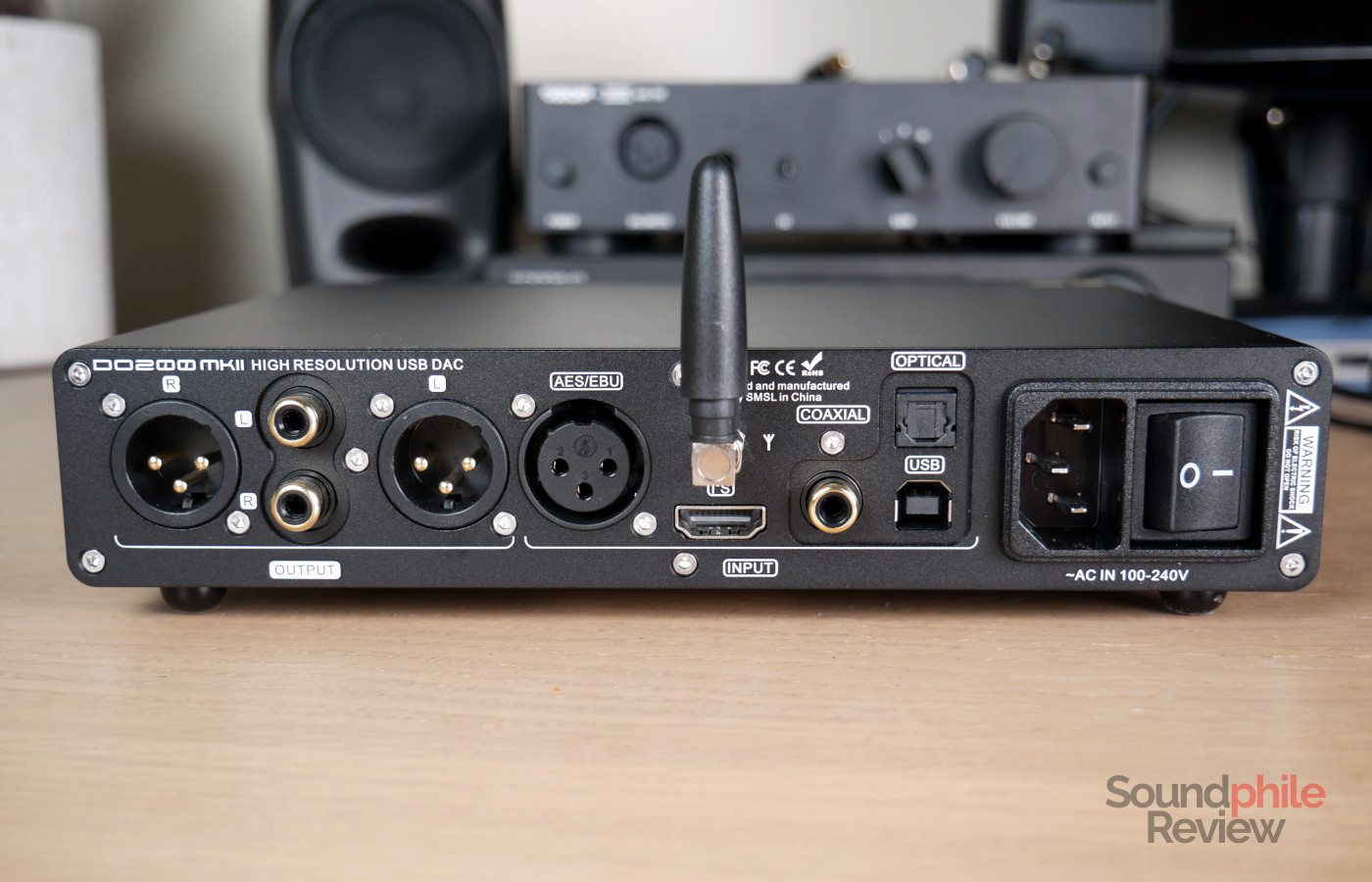
There are various input and output options with the SMSL DO200 MKII. Input includes USB (using a USB-B connector), I2C (using an HDMI connector), optical, coaxial as well as Bluetooth. Output, on the other hand, includes XLR and RCA. That gives you a fair flexibility in the devices you can connect it to.
The volume knob gives away one of the features of the DAC: you can use it both in fixed-output mode and in variable-output mode, so you can actually control the output volume from the device itself. This is quite useful if you have powered speakers, as an example, as you can control the volume through the SMSL DO200 MKII instead of using the speakers’.
On top of offering a lot of wired connections, the SMSL DO200 MKII also offers Bluetooth 5.0 with a variety of codecs: SBC, AAC, aptX, aptX HD and LDAC. That’s a fairly complete package which only excludes LHDC. The range is quite great and so is the stability of the connection, as I have never experienced any drops nor stuttering.
No drivers are needed to use the device with your computer over USB, even with Windows. It also works out of the box with Linux.
One thing I don’t especially like about the device from a functional standpoint is that you can turn off the LCD screen to save power and make it last longer, but this also means that you are left without any way to tell if the device is on or off. This can lead to forgetting the device powered on for long stretches of time even though it is not actively used, which is not ideal.
SMSL DO200 MKII |
| Input range | USB, I2S: 16 – 32 bit / 44.1 – 768 kHz, up to DSD512, MQA Optical, AES, coaxial: 16 – 24 bit / 44.1 – 192 kHz; DSD64 via DoP |
| Output impedance | 100 Ω |
| Frequency response | 20 – 20,000 Hz ± 0.01 dB (all outputs) |
| THD+N (@1 kHz) | < 0.00008% |
| SNR | > 128 dB |
| Crosstalk | -125 dB (RCA out) -129 dB (XLR out) |
The SMSL DO200 MKII use two ESS Sabre ES9068AS DAC chips together with OPA1612A amp chips. This means it is a “real” balanced implementation. The USB stage is managed by an XMOS XU-316 chip. In case you happen to like stuff that is not supported by science or facts, the DO200 MKII also supports MQA.
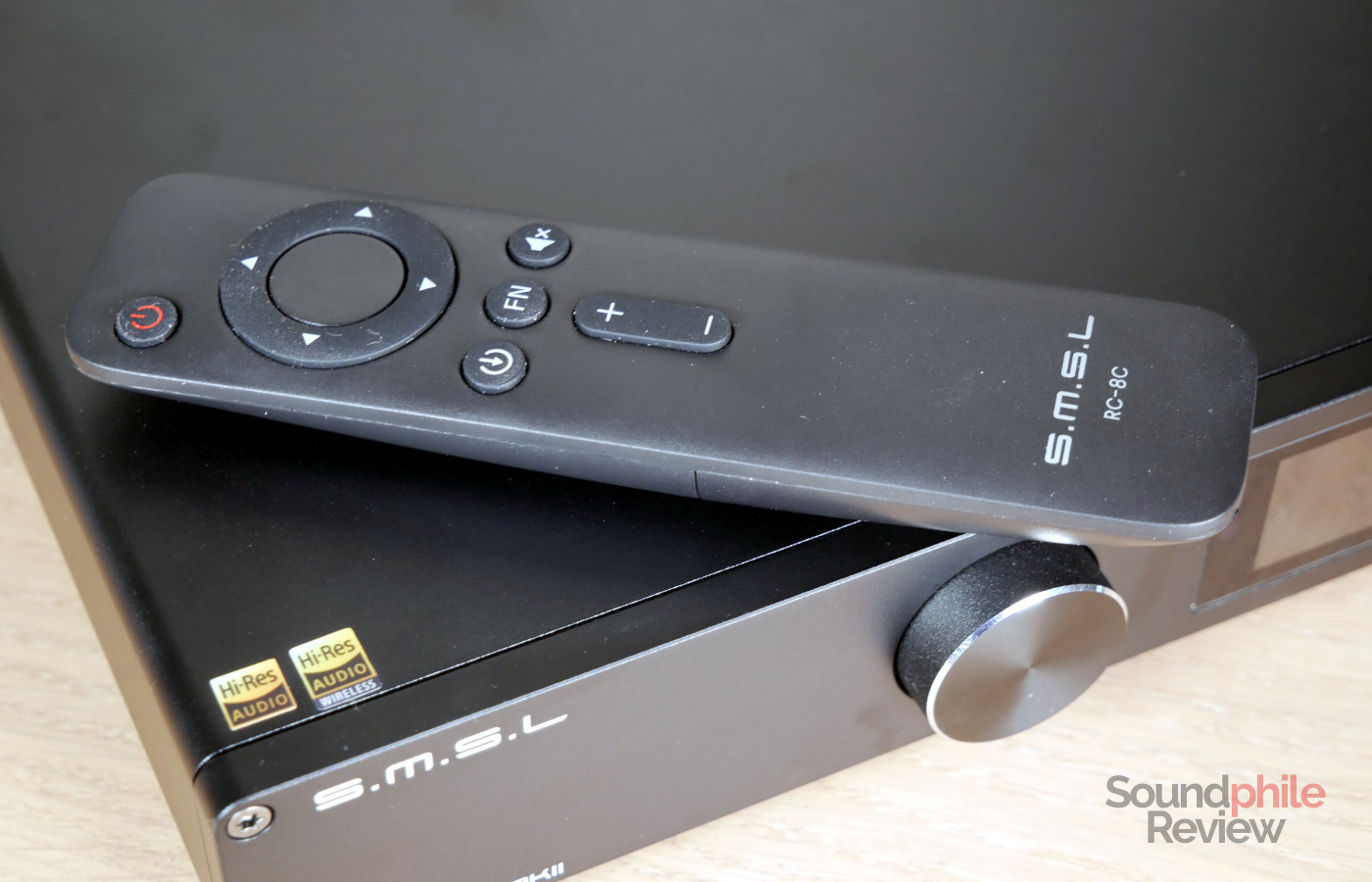
The remote and the clickwheel allow you to enter the menu and set various options. Those include inputs and outputs (both can be individually selected, so you can switch between them), PCM filter (you can choose between fast linear, slow minimum and minimum phase), “sound colour” (standard; rich 1, 2 and 3; tube 1, 2 and 3; crystal 1, 2 and 3), preamplification mode (fixed or variable), FN key (allows you to choose which feature is controlled between output selection, Bluetooth and phase), DPLL bandwidth (), I2S mode (normal or reversed), I2S DSD channel (PCM data or LRCK), phase (normal or inverted), screen off timer, screen brightness and system reset. I quite like the fact that you can select not only the input, but also the output, as that adds quite a bit of flexibility to the device.
Sound
I’ve tested the SMSL DO200 MKII with the IK Multimedia iLoud Micro Monitor active speakers as well as with a Drop THX AAA 789 headphone amplifier.
As far as I can tell using my ears, the DO200 MKII is dead neutral and does not add any kind of colouration to the sound, while also keeping distortion to completely inaudible levels. In other words, this is not a part of your audio chain that you will hear as having its own effect on the sound. That’s great as you actively want things to be that way. From what I can hear, transients are fast and with short decay. There is also absolutely no background noise whatsoever: no hisses, no hums, nothing. This applies to both RCA and XLR outputs.
It is a bit ironic that since the DO200 MKII sounds so good, there is not much to say about it. As everything is as it should be, there is little I can add beyond “it is as it should be”, which is why this section is, however incredible it may be for an audiophile website, the shortest one.
There are multiple filters available, but I am not really able to tell the difference between them: the changes are so small they’re barely detectable.
Final Thoughts
The SMSL DO200 MKII is a great DAC that does everything right. It offers quite a lot of flexibility in both input and output option, going as far as to offer Bluetooth connectivity for simpler enjoyment of music from e.g. mobile devices. Its sound is clear and clean, with no detectable sound signature of its own and a distortion level that’s so low it’s completely inaudible. The DO200 MKII does what every DAC should do, which is to stay out of the way and let you enjoy your music without interfering with it. The added convenience of the remote makes it also quite enjoyable to use. The only negative note goes towards the absence of a power indicator if you turn off the screen, which can lead you to forget the device powered on. Other than that, the SMSL DO200 MKII is an excellent device under every point of view that gets my whole-hearted recommendation.

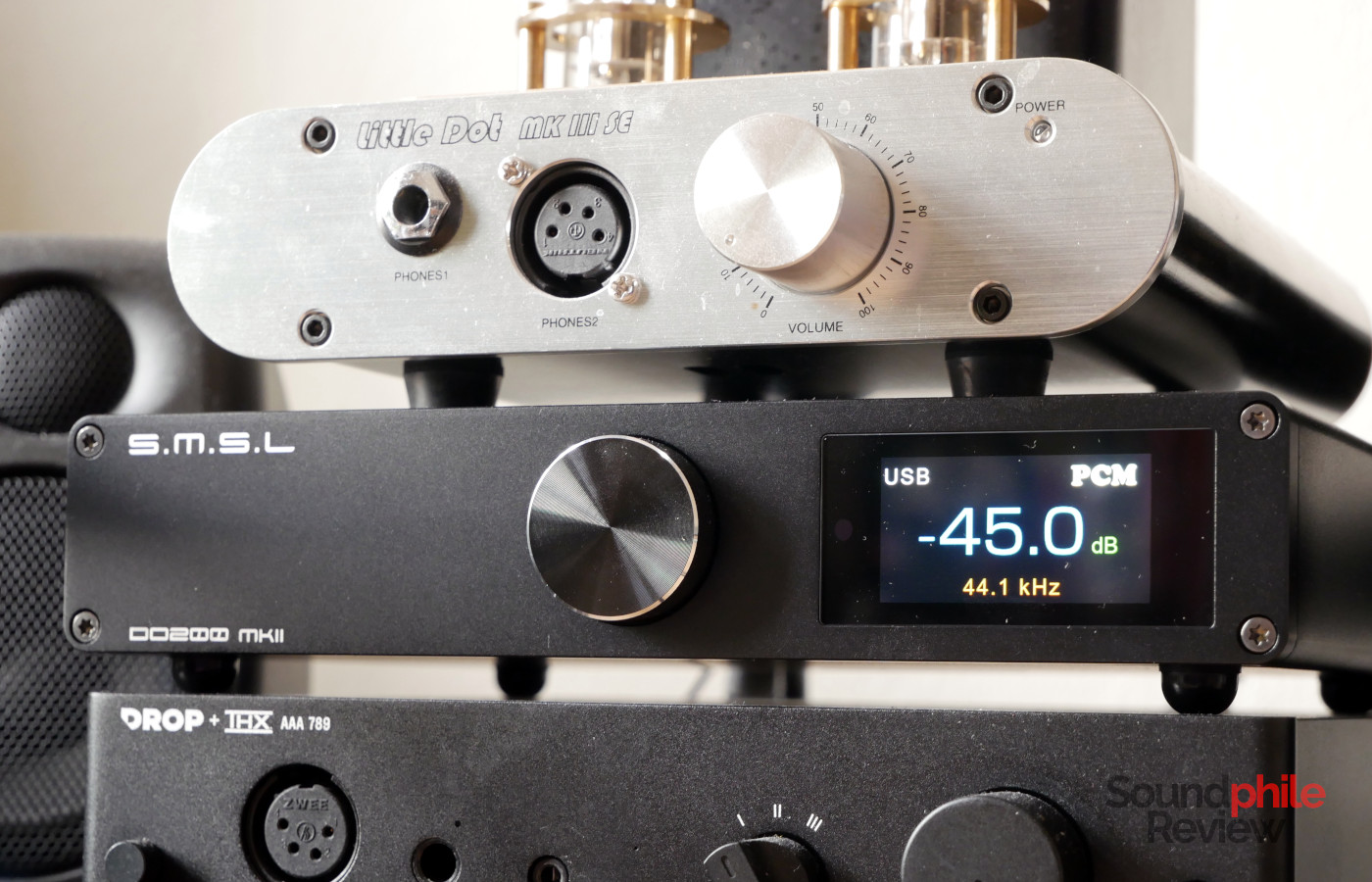


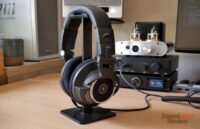
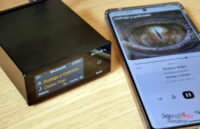
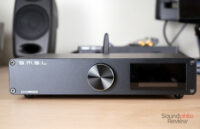


With regards to LCD VS OLED displays, it was mentioned couple of times in this article that LCD is less reliable which is completely wrong, it’s OLED that suffers from burn-in effect and fading luminosity, and using OLED for viewing static info on the display is the worst thing there is for OLED as it will by time leave burn in trails, so IMO it’s a great welcome to see LCD’s (especially LCD’s using IPS panel technology have good contrast and colors) instead of the OLED craze everywhere.
Hello! That is absolutely true when you look at full-colour OLED displays like those e.g. on smartphones or TVs. It is quite different when it comes to black-and-white screens that only have to display static information. You can see an example of such a display on the Topping DX7. It’s obviously a much more limited type of display, but it lasts for a very long time without any issue, and possibly for longer than LCD-type ones.